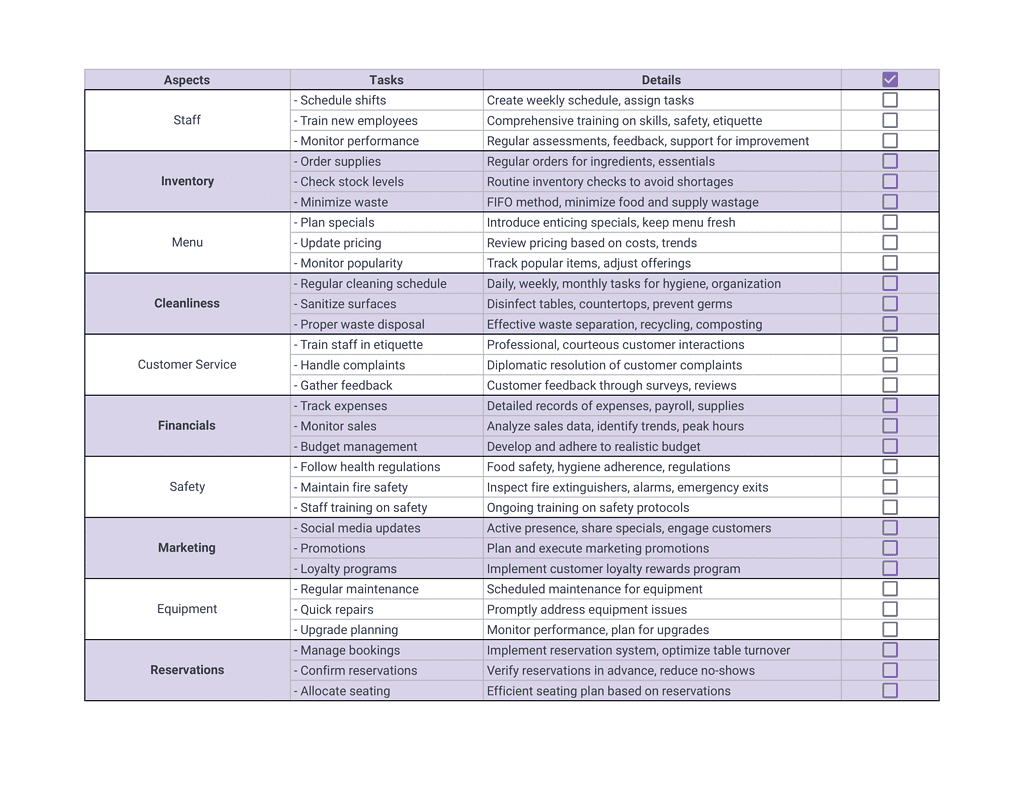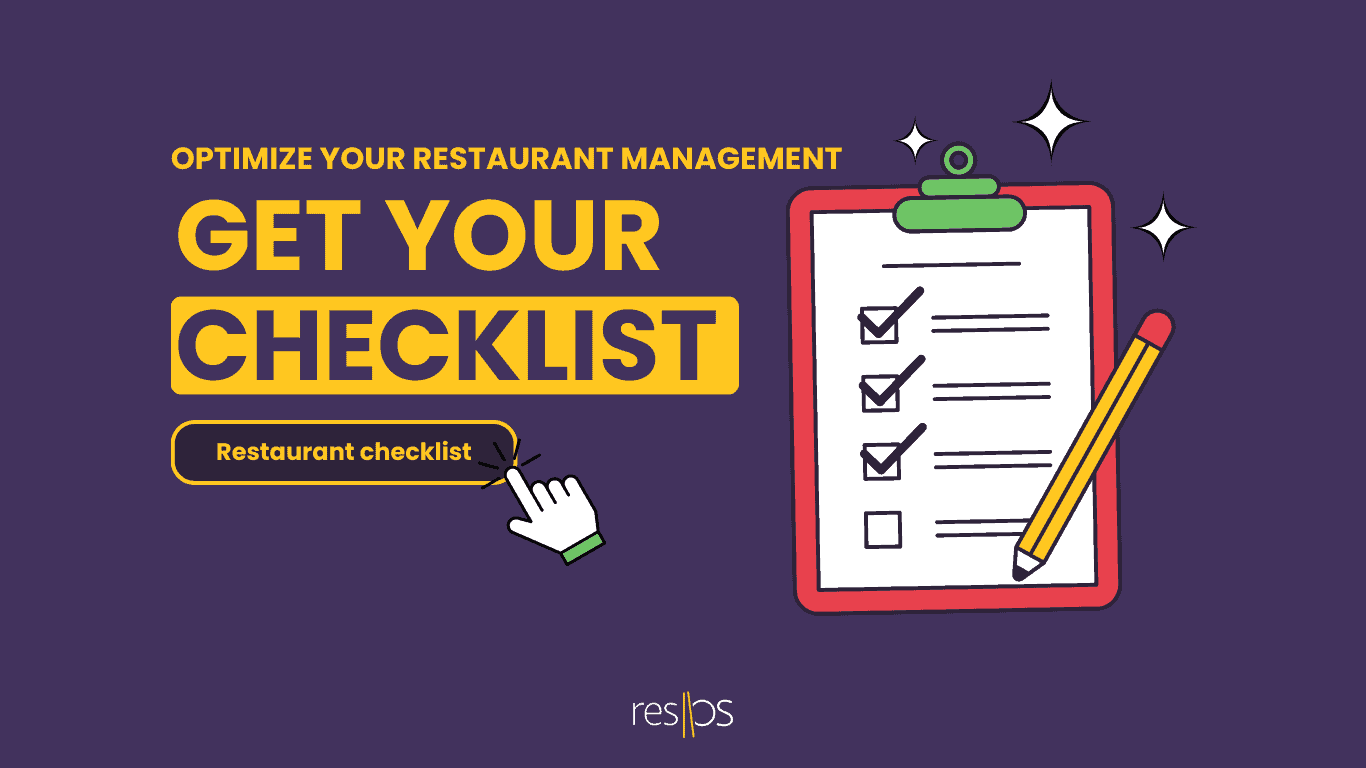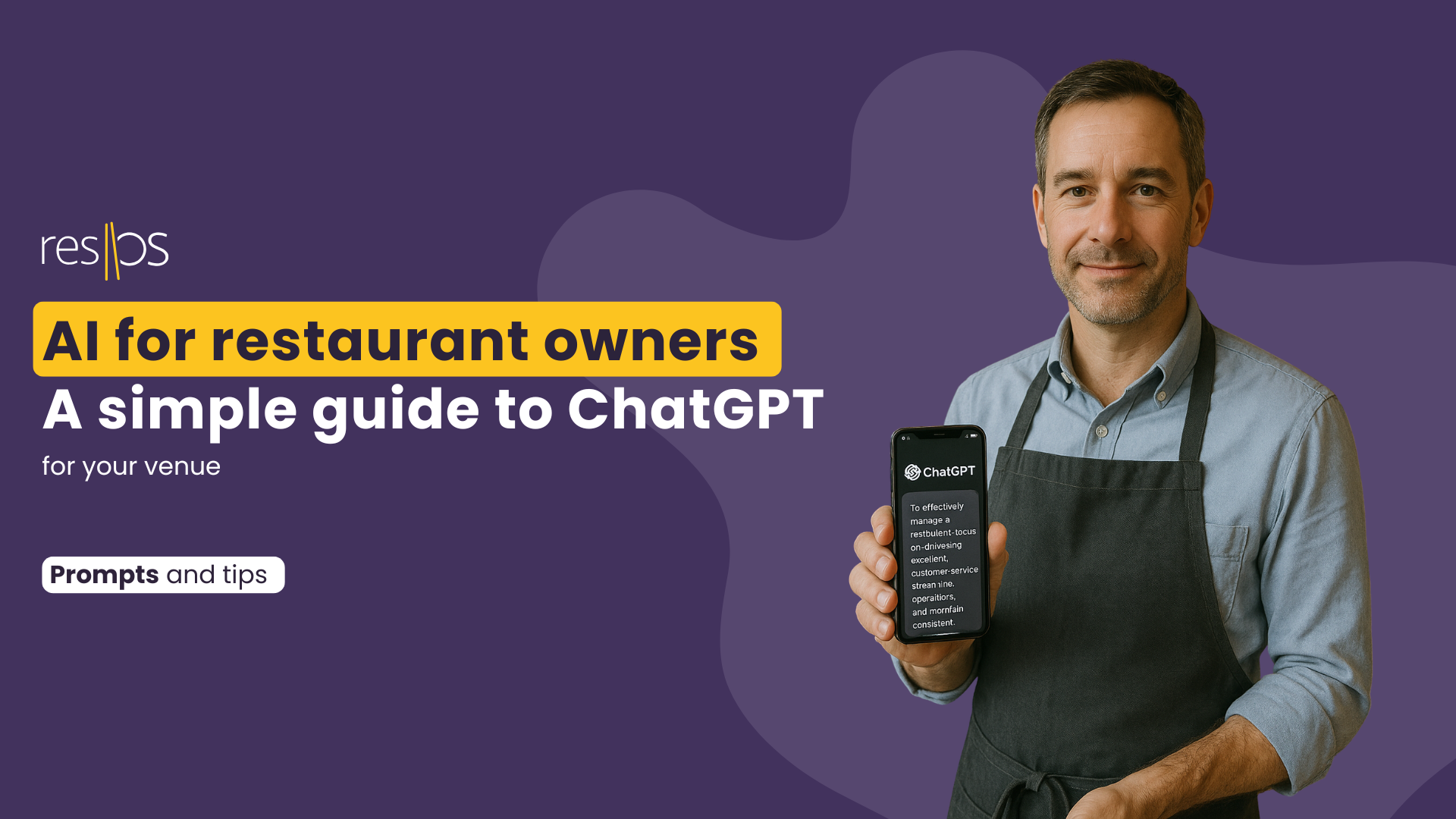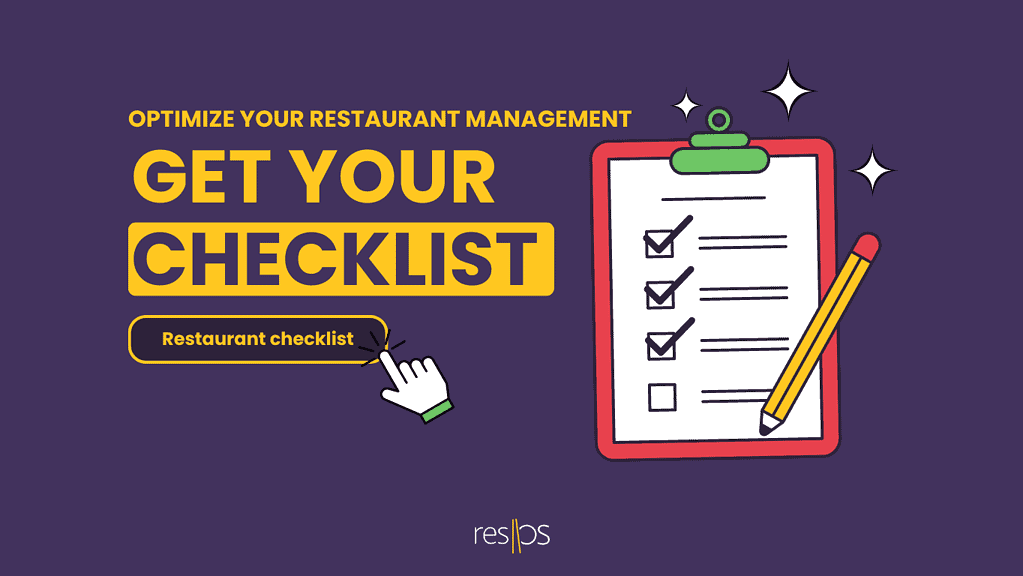
In this blog, we unveil the key to a triumphant restaurant launch and seamless operations – the Restaurant opening checklist. From crafting your menu to ensuring top-notch customer service, and from effective inventory management to adhering to safety regulations, our checklist has you covered.
Join us as we combine culinary artistry with strategic management, ensuring your restaurant not only opens its doors but thrives. Welcome to the ultimate resource for restaurant success, where passion meets precision, and dreams become reality.
Staff management
- Schedule shifts: Create a weekly schedule that ensures adequate coverage during peak hours and assigns tasks appropriately to different staff members.
- Train new employees: Provide comprehensive training to new hires, covering menu knowledge, customer service standards, safety protocols, and other necessary skills.
- Monitor performance: Regularly assess employee performance through observations, customer feedback, and performance reviews. Offer guidance and support for improvement when needed.
Inventory optimizing
- Order supplies: Regularly review inventory levels and order ingredients, beverages, and other essentials to prevent shortages and maintain smooth operations.
- Check stock levels: Conduct routine inventory checks to avoid overstocking or understocking items, ensuring you have what’s required without excess waste.
- Minimize waste: Implement effective inventory management practices, such as using the first-in-first-out (FIFO) method, to minimize food and supply wastage.
Menu planning
- Plan specials: Introduce creative and enticing specials periodically to keep the menu fresh and attract repeat customers.
- Update pricing: Review pricing based on ingredient costs, market trends, and competition to ensure fair value while maintaining profitability.
- Monitor popularity: Keep track of which menu items are most popular and adjust offerings accordingly. Rotate or refine dishes that aren’t performing well.
Customer Service:
- Train staff in etiquette: Provide training on how to greet, interact, and assist customers professionally and courteously, enhancing the overall dining experience.
- Handle complaints: Train staff to address customer complaints promptly and diplomatically, seeking resolutions that satisfy both the customer and the restaurant.
- Gather feedback: Encourage customers to provide feedback through comment cards, online reviews, or surveys to identify areas for improvement and measure customer satisfaction.

Cleanliness
- Regular cleaning schedule: Develop a cleaning checklist and schedule for daily, weekly, and monthly tasks to maintain a hygienic and organized environment.
- Sanitize surfaces: Regularly disinfect tables, countertops, and other surfaces to prevent the spread of germs and maintain a clean dining area.
- Proper waste disposal: Implement effective waste separation and disposal practices, including recycling and composting, to adhere to environmental regulations and reduce waste.
Financials:
- Track expenses: Keep detailed records of all expenses, including payroll, supplies, utilities, and maintenance, to monitor costs and ensure the restaurant operates within budget.
- Monitor sales: Regularly analyze sales data to identify trends, peak hours, and popular items, helping to make informed decisions for optimizing profitability.
- Budget management: Develop and adhere to a realistic budget that accounts for both fixed and variable expenses, allowing for better financial planning and decision-making.
Reservations:
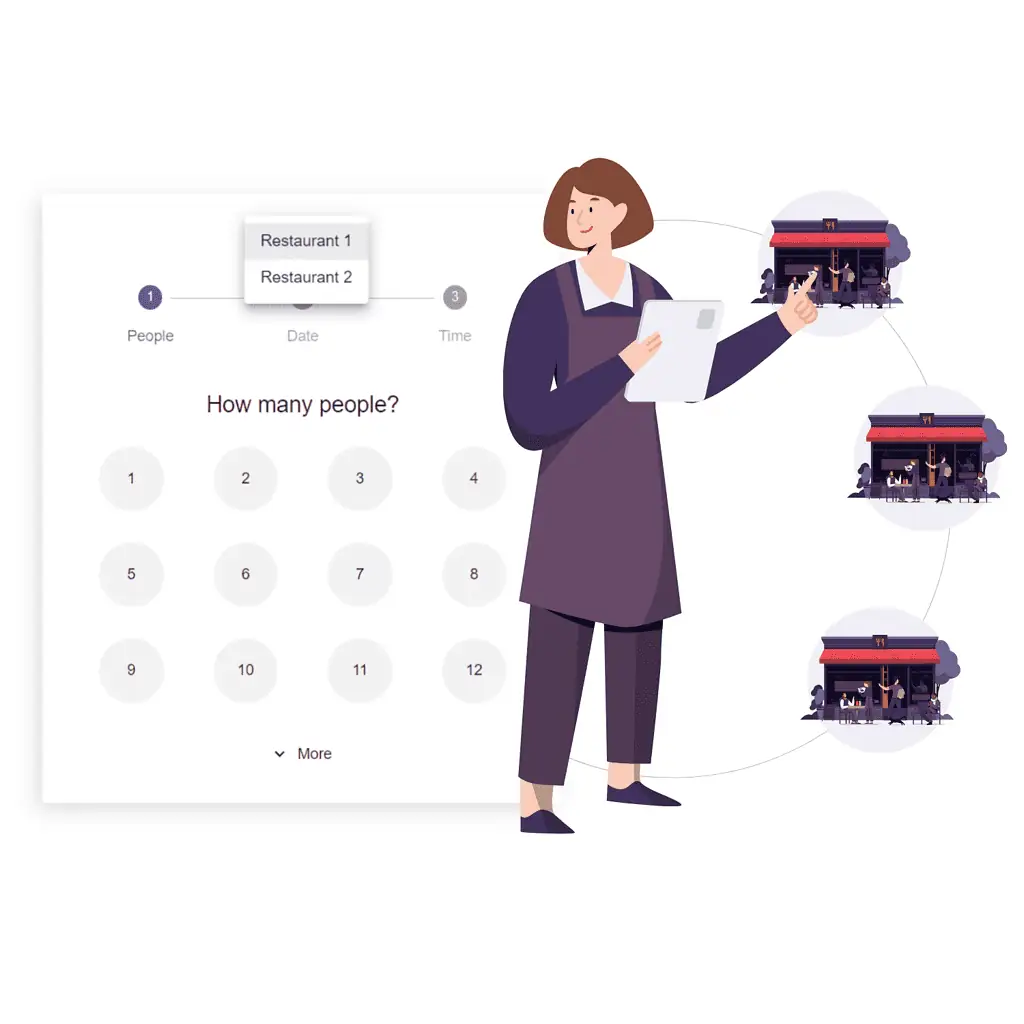
- Manage bookings: Implement a reservation system to manage table reservations effectively, optimizing table turnover and accommodating customer preferences.
- Confirm reservations: Confirm reservations in advance through SMS or emails to reduce no-shows and ensure a smooth dining experience for both customers and staff.
- Allocate seating: Develop a seating plan that efficiently allocates available tables based on reservation timing and group sizes, maximizing the use of the dining space.

Safety:
- Follow health regulations: Adhere to food safety and health regulations, including proper food handling, storage, and hygiene practices, to ensure the safety of both customers and staff.
- Maintain fire safety: Regularly inspect fire extinguishers, smoke alarms, and emergency exits to ensure compliance with fire safety codes and the well-being of everyone in the establishment.
- Staff training on safety: Provide ongoing training to staff members on safety protocols, including how to respond to emergencies and prevent accidents.
Marketing:
- Social media updates: Maintain an active presence on social media platforms, sharing updates about specials, events, and promotions to engage with customers and attract new ones.
- Promotions: Plan and execute marketing promotions, such as happy hours, and discounts, to incentivize repeat visits and boost sales.
- Loyalty programs: Implement a loyalty program that rewards frequent customers, encouraging them to return and increasing customer retention.
Read more about restaurant business plan here
Equipment:
- Regular maintenance: Create a maintenance schedule for kitchen equipment, HVAC systems, and other essential machinery to prevent breakdowns and ensure efficient operations.
- Quick repairs: Address any equipment issues promptly by scheduling repairs or replacements to minimize downtime and maintain consistent service quality.
- Upgrade planning: Keep track of equipment performance and industry trends to plan for upgrades or replacements when necessary, ensuring the restaurant stays competitive.
Ready to level up your restaurant management skills? Get your hands on our FREE Checklist! 🍴📋 Whether you’re just starting or aiming to thrive, we’ve got the roadmap for you. Don’t miss out, save the checklist now!
